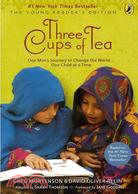有 2 項符合
Three Cups of Tea (Young Reader's editon)
的圖書
|
|
圖書介紹 - 資料來源:TAAZE 讀冊生活 目前評分: 評分:
圖書名稱:Three Cups of Tea (Young Reader's editon) In 1993, while climbing one of the world's most difficult peaks, Mortenson became lost and ill, and eventually found aid in the tiny Pakistani village of Korphe. He vowed to repay his generous hosts by building a school; his efforts have grown into the Central Asia Institute, which has since provided education for 25,000 children. Retold for middle readers, the story remains inspirational and compelling. Solid pacing and the authors' skill at giving very personal identities to people of a different country, religion and culture help Mortenson deliver his message without sounding preachy; he encourages readers to put aside prejudice and politics, and to remember that the majority of people are good. An interview with Mortenson's 12-year-old daughter, who has traveled with her father to Pakistan, offers another accessible window onto this far-away and underlines Mortenson's sacrifice and courage. Illustrated throughout with b&w photos, it also contains two eight-page insets of color photos.The picture book, while close in content to the longer books, is written in the voice of Korphe's children rather than providing Mortenson's view, making it easier for American kids to enter the story. Roth (Leon's Story) pairs the words with her signature mixed-media collage work, this time using scraps of cloth along with a variety of papers. Her work has a welcoming, tactile dimension—readers would want to touch the fabric headscarves, for example. A detailed scrapbook featuring photos from Three Cups of Tea and an artist's note firmly ground the book in fact. A portion of the authors' royalties will benefit the Central Asia Institute. (Jan.) Copyright © Reed Business Information, a division of Reed Elsevier Inc. All rights reserved. --This text refers to the Hardcover edition. |
|
|
|
|
 | 作者:松坂大輔 出版社:時報文化出版企業股份有限公司 出版日期:2024-05-14 66折: $ 343 | 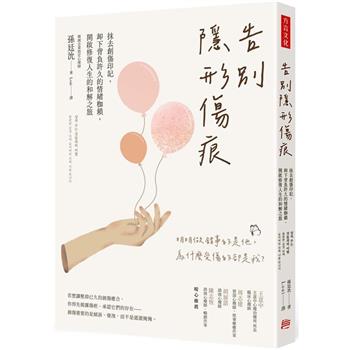 | 作者:孫廷沇 出版社:方言文化出版事業有限公司 出版日期:2023-07-28 66折: $ 231 | 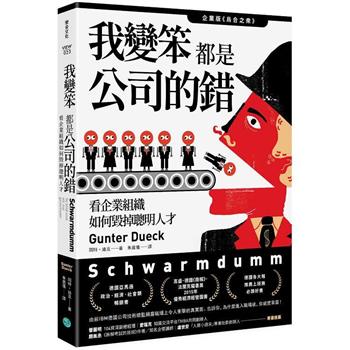 | 作者:岡特.迪克 出版社:樂金文化 出版日期:2020-12-30 66折: $ 297 | 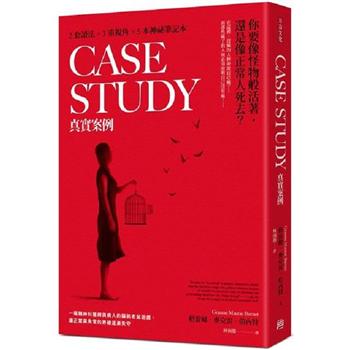 | 作者:格雷姆.麥克雷.伯內特 出版社:方言文化出版事業有限公司 出版日期:2022-02-23 66折: $ 251 | |
|
|
 | 作者:外岡もったす 出版社:尖端出版 出版日期:2025-06-17 $ 119 | 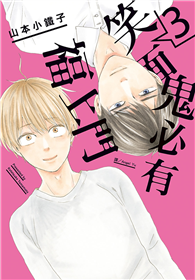 | 作者:山本小鐵子 出版社:尖端出版 出版日期:2022-11-11 $ 127 |  | 作者:外岡もったす 出版社:尖端出版 出版日期:2025-06-17 $ 119 | 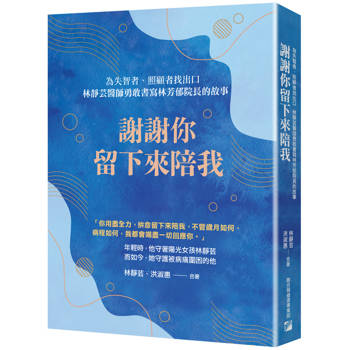 | 作者:林靜芸、洪淑惠 出版社:聯合報-健康事業部 出版日期:2025-06-19 $ 379 | |
|
|
 | 作者:張多慧 出版社:尖端出版 出版日期:2025-06-10 $ 198 | 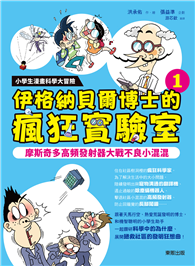 | 作者:洪承佑 出版社:台灣東販股份有限公司 出版日期:2025-05-06 $ 315 |  | 作者:陳文茜 出版社:時報文化出版企業股份有限公司 出版日期:2025-06-10 $ 458 |  | 作者:五十嵐正邦 出版社:尖端出版 出版日期:2025-06-11 $ 105 | |
|
|
|
|
|
|
